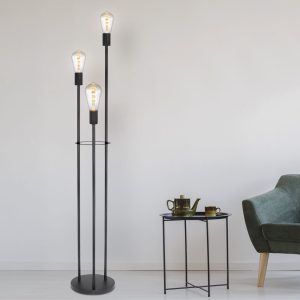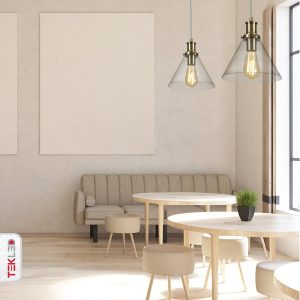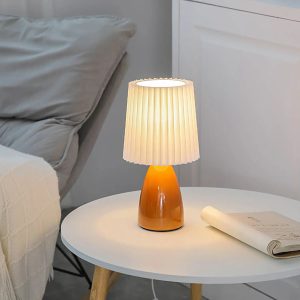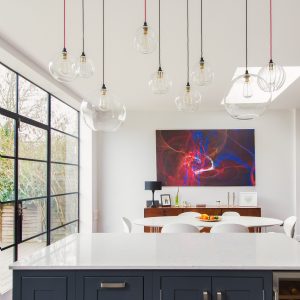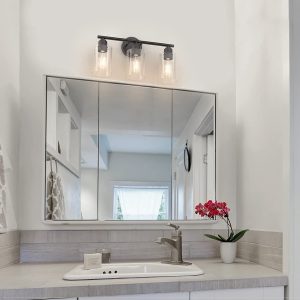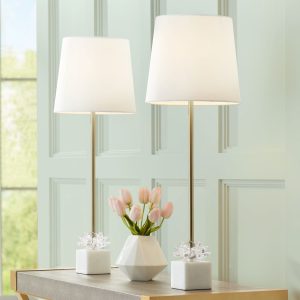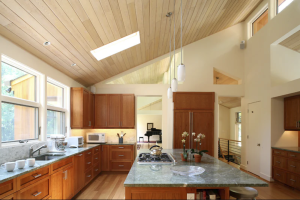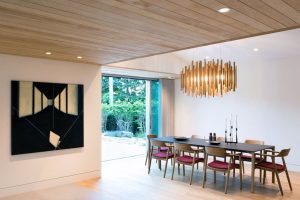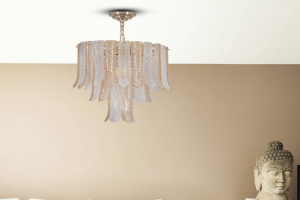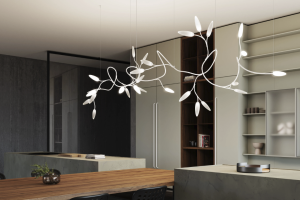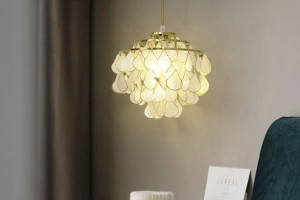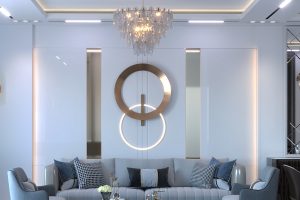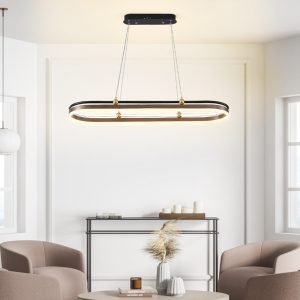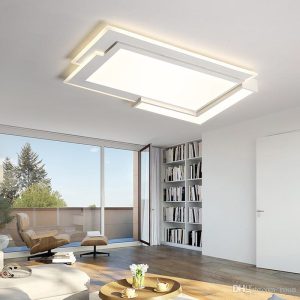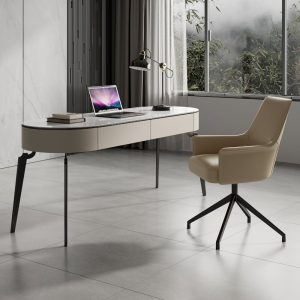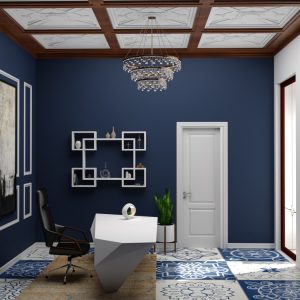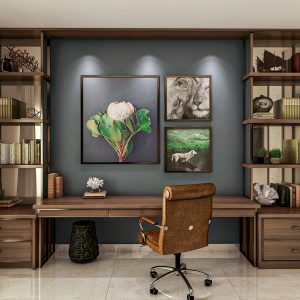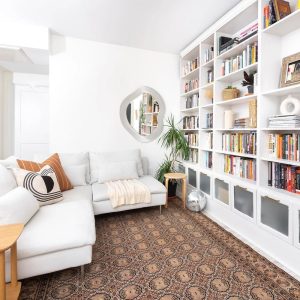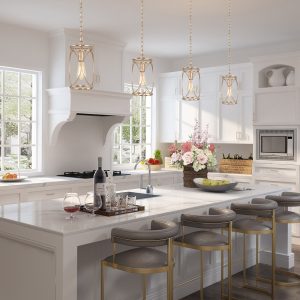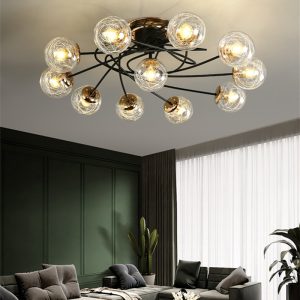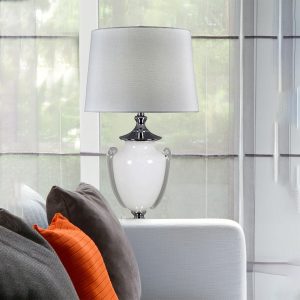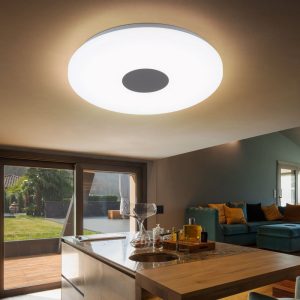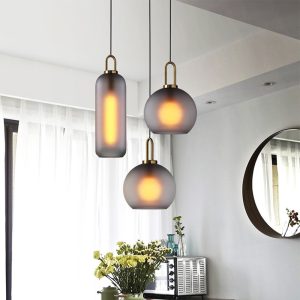Introduction
Studio lights are crucial tools that photographers, filmmakers, and other creatives use to achieve their vision. But beyond simply illuminating a subject, studio lights can have a profound impact on creative expression. In this article, we’ll explore the ways in which studio lights can be used to enhance mood, create depth, and produce striking visual effects that can elevate photography and filmmaking to the level of art.
Mood-setting with Studio Lights
Lighting can have a powerful impact on the mood of a scene or a photograph. For example, harsh, directional lighting can create a sense of tension or drama, while soft, diffused lighting can create a dreamy or romantic atmosphere. Studio lights offer a range of options for controlling mood, from adjusting the intensity of the light to using color filters or gels.
Controlling Light Intensity
One key advantage of studio lights is the ability to control the intensity of the light. This can be done by adjusting the wattage of the light bulb or by using dimmer controls on the light itself. By varying the intensity of the light, photographers and filmmakers can create a range of effects, from moody shadows to bright and dramatic scenes.
Color Filters and Gels
In addition to controlling the intensity of the light, color filters and gels can be used to create a range of visual effects. For example, a blue filter can create a cold, icy atmosphere, while a warm-yellow filter can create a cozy, inviting scene. Color can be used to evoke emotion and create visual interest, and studio lights offer limitless possibilities for experimenting with color.
Creating Depth with Studio Lights
Another important aspect of studio lighting is its ability to create depth in a photograph or film. By using different types of lights and positioning them strategically, creatives can create the illusion of three-dimensional space and depth. This can be particularly useful in portrait photography, where the goal is often to create a sense of intimacy and depth with the subject.
Key Lights and Fill Lights
One common approach to creating depth in studio lighting is to use a key light and a fill light. The key light is the main light source that illuminates the subject, while the fill light is a secondary light that can be used to soften shadows and create a more natural, three-dimensional effect.
Background and Accent Lighting
Another technique for creating depth is to use background and accent lighting. By illuminating the background or adding a splash of light to a particular area of the scene, photographers and filmmakers can draw the viewer’s attention and create layers within the image.
Striking Visual Effects with Studio Lights
Finally, studio lights offer endless possibilities for creating striking visual effects that can take a photograph or film to the next level. From high-key lighting to low-key lighting, from silhouettes to lens flares, studio lights offer a range of creative options for capturing the viewer’s attention and making a lasting impression.
High-Key Lighting
High-key lighting is a technique that involves using bright, even lighting to create a clean, bright image with few shadows. This technique can be particularly effective in fashion photography or beauty photography, where the goal is often to create a flawless, almost ethereal image.
Low-Key Lighting
On the other end of the spectrum, low-key lighting is a technique that involves using dark, moody lighting to create a sense of drama and intensity. This technique can work particularly well in film noir-inspired photography or edgy portraiture.
Lens Flares and Other Effects
Finally, studio lights can be used to create a range of fun and creative effects, from lens flares to atmospheric haze. These effects can add interest and visual appeal to an image or a film, and can help a photographer or filmmaker stand out in a crowded field.
Conclusion
Studio lights are an essential tool for contemporary creatives, offering unparalleled control over lighting and endless possibilities for creating depth, mood, and striking visual effects. Whether you’re a filmmaker, photographer, or other visual artist, mastering the art of studio lighting can take your work to the next level and help you achieve your creative goals.

